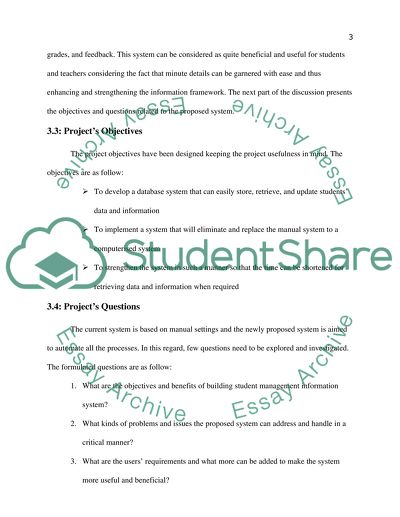Cite this document
(Improving Student Management Information System Research Proposal, n.d.)
Improving Student Management Information System Research Proposal. Retrieved from https://studentshare.org/information-technology/1636281-research-and-development-methods
Improving Student Management Information System Research Proposal. Retrieved from https://studentshare.org/information-technology/1636281-research-and-development-methods
(Improving Student Management Information System Research Proposal)
Improving Student Management Information System Research Proposal. https://studentshare.org/information-technology/1636281-research-and-development-methods.
Improving Student Management Information System Research Proposal. https://studentshare.org/information-technology/1636281-research-and-development-methods.
“Improving Student Management Information System Research Proposal”, n.d. https://studentshare.org/information-technology/1636281-research-and-development-methods.


